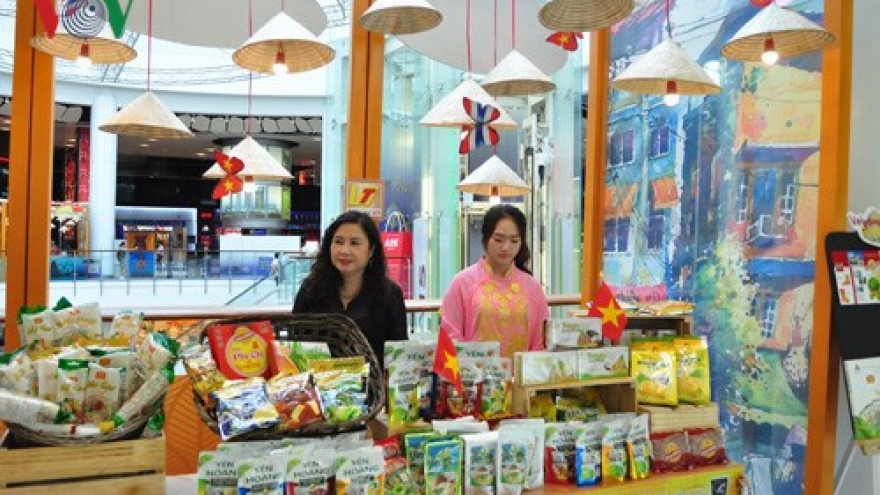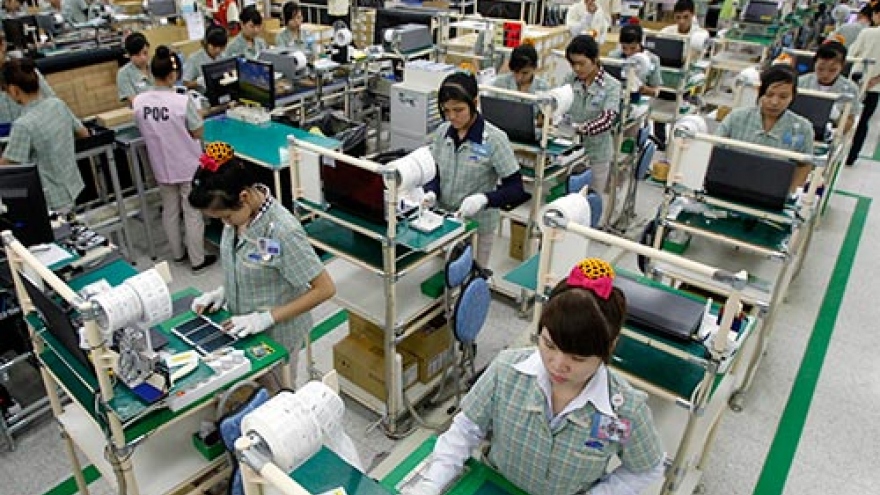Trade deficit with Thailand does not harm the economy
VOV.VN - At a recent forum in Hanoi, the country’s top economic experts gathered to exchange views on the goal of trade policy to reduce or eliminate the trade deficit with Thailand, reported the Vietnam Investment Review.
 |
The trade deficit explained
In 2016, Vietnam ran a trade deficit of US$5.1 billion with its western neighbour. Goods and services purchased from Thailand tallied in at roughly US$8.8 billion while exports stood at about US$3.70 billion.
This means that consumers in Vietnam bought more from Thailand businesses than the country’s private sector sold to Thai consumers. Trade mercantilists at the conference tended to view this as a negative and voiced their belief that this is indicative of a failure in trade policy.
They rationalized that the imports of Thailand (US$8.8 billion) should be restricted or limited to the exports (US$3.70 billion) to shield the Vietnamese private sector from foreign competition.
On the reverse side, they reasoned that trade policy should focus on maximizing Vietnamese exports to Thailand so that they equal or exceed the imports to create a robust thriving domestic economy.
However, other economists didn’t see things quite that way. They flatly rejected the idea that trade policy is a zero-sum game in which the prize goes to countries that export more than they import.
They argued first, that Vietnamese benefit from the trade deficit with Thailand and other countries due to wider choices, better quality and lower prices for the products that imports offer.
While it is true that the trade deficit with Thailand has reduced the domestic gross domestic product, that's mainly a matter of mathematics. There are much bigger factors to consider than just the microeconomic import and export aspects.
The fact is, said these experts, the trade deficit is primarily responsive to macroeconomic forces such as net investment and savings. Vietnam is a net borrower as evidenced by inward foreign investment from all foreign investors (including those from Thailand) exceeding Vietnamese investment in their own economy.
It is this inward foreign investment that drives the trade deficit and a simple fact that is most often overlooked, the experts underscored.
For as long as investment into Vietnam from overseas investors – whether it be for factories, the purchase of stocks and bonds, or preferential loans to the Vietnam government – continues to exceed national savings, the country will have trade deficits.
This is in technical terms what economists call the balance of payments.
In short, a trade deficit in Vietnam cannot exist without a corresponding foreign capital inflow to counterbalance it. If Vietnam wants to eliminate trade deficits, it must increase domestic investment in its own economy to accomplish that end goal.
In addition, these experts noted there is a direct causal relationship between economic growth and trade deficits. Experience has shown that trade deficits for countries around the globe have historically grown during periods of economic growth.
Likewise, trade deficits declined during economic contraction. This is because consumer demand fell and inward foreign investment shrank.
The trade deficit with Thailand is not the result of trade policy, nor is it an indicator of poor trade agreements, said these experts. It reflects the vibrancy of the Vietnam economy and the fact that the country is an attractive place to invest.
This investment generates jobs, increases productivity, and contributes to economic growth. The primary goal of trade policy should be to reduce trade barriers both at home and abroad, not to reduce the trade deficit, they concluded.
The trade deficit with Thailand does not harm the economy.



